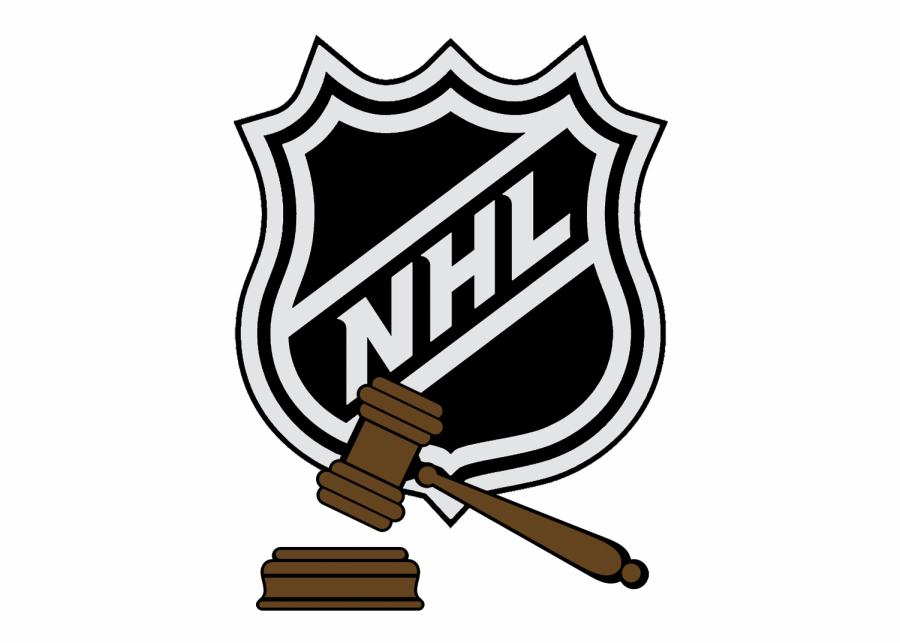Beyond the Bison: NHL concussion settlement arises
November 15, 2018
The National Hockey League (NHL ) announced a $18.9 million dollar settlement between the league and more than 300 retired players on Nov. 12. After suing the league for failing to protect its players from the brutality of the sport, specifically dangerous head injuries, this latest settlement further fuels the controversy behind concussions and their associated implications.
The deal consists of up to $75,000 for medical treatment, free neuropsychological tests, a potential cash payout of approximately $20,000 a player, and the formation of an organization to help other players suffering. The deal awaits approval, which must take place among the affected players within the opt-in period of 75 days.
In the event that some of the NHL players choose to not participate, the NHL has the right to revoke the settlement.
Filed in November 2013, this lengthy litigation battle has led to a variety of outcomes for both sides: the most recent occurring four months ago when a federal judge denied class-action status for retired players. In the event that this status was satisfied, more than 5,000 former players would have been granted access to join the case.
Led by lead attorney Charles Zimmerman of Minnesota, this case sought to further reveal the dangers associated with contact sports that can create problems lasting a lifetime.
“The NHL’s philosophy was scorched earth and deny every issue. They denied the link between neurocognitive problems and the game of hockey, and felt that the players were not injured and wouldn’t participate in large numbers. They were right on that,” Zimmerman said.
After missing over 100 games in total due to the role of concussions, Penguins star Sidney Crosby also reacted to the news. “I think guys need support, and I think the Players Association and the league, everyone, has got to be involved and part of that,” Crosby said.
With this latest concussion controversy plaguing the media, many have sought to compare the settlement to that of the National Football League’s. Not without its flaws, the NFL’s 2013 settlement attempted to cover a much wider spread of its players. Providing medical tests to every participant in the league as well as a potential cash payout of up to $5 million if a cognitive or neurological condition develops, this agreement came before any player could appear in court.
For Zimmerman, this sort of comparison is unreasonable. “We have a different game, a different league, a different culture, and different commissioners,” he said.
Regardless of which side you take, or if the two organizations’ settlements can compare, this discussion of concussions suggests a serious problems in professional sports that impacts the quality of life.
When does a sport cross the line of being too aggressive? Similarly, can someone truly put a monetary value on the cost of brain damage? Displaying their relevance in the media, these questions are ones that current and future athletes must assess.
For now, a world of competitive players will continue to fight this battle, not only to protect themselves, but to protect future players as well.




















